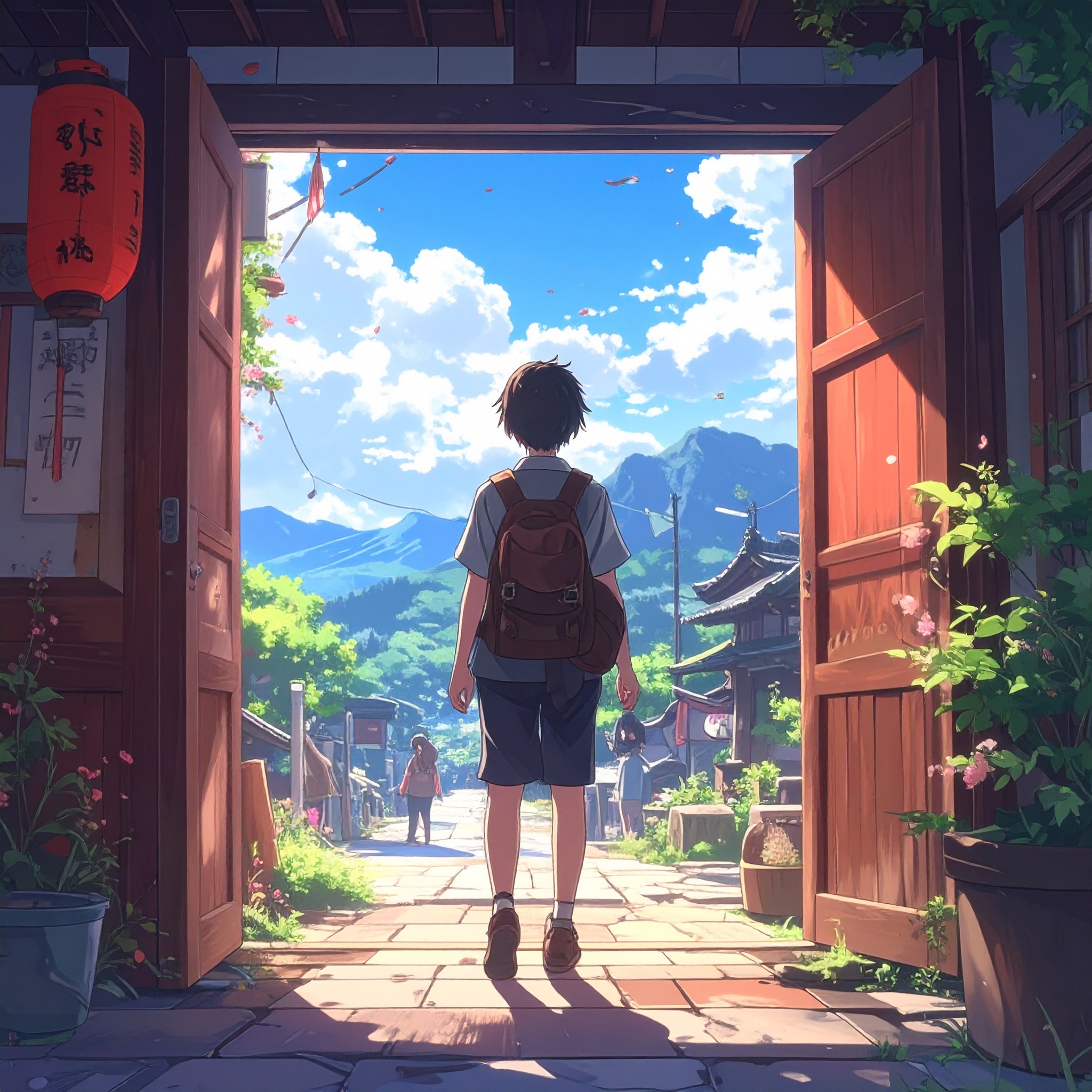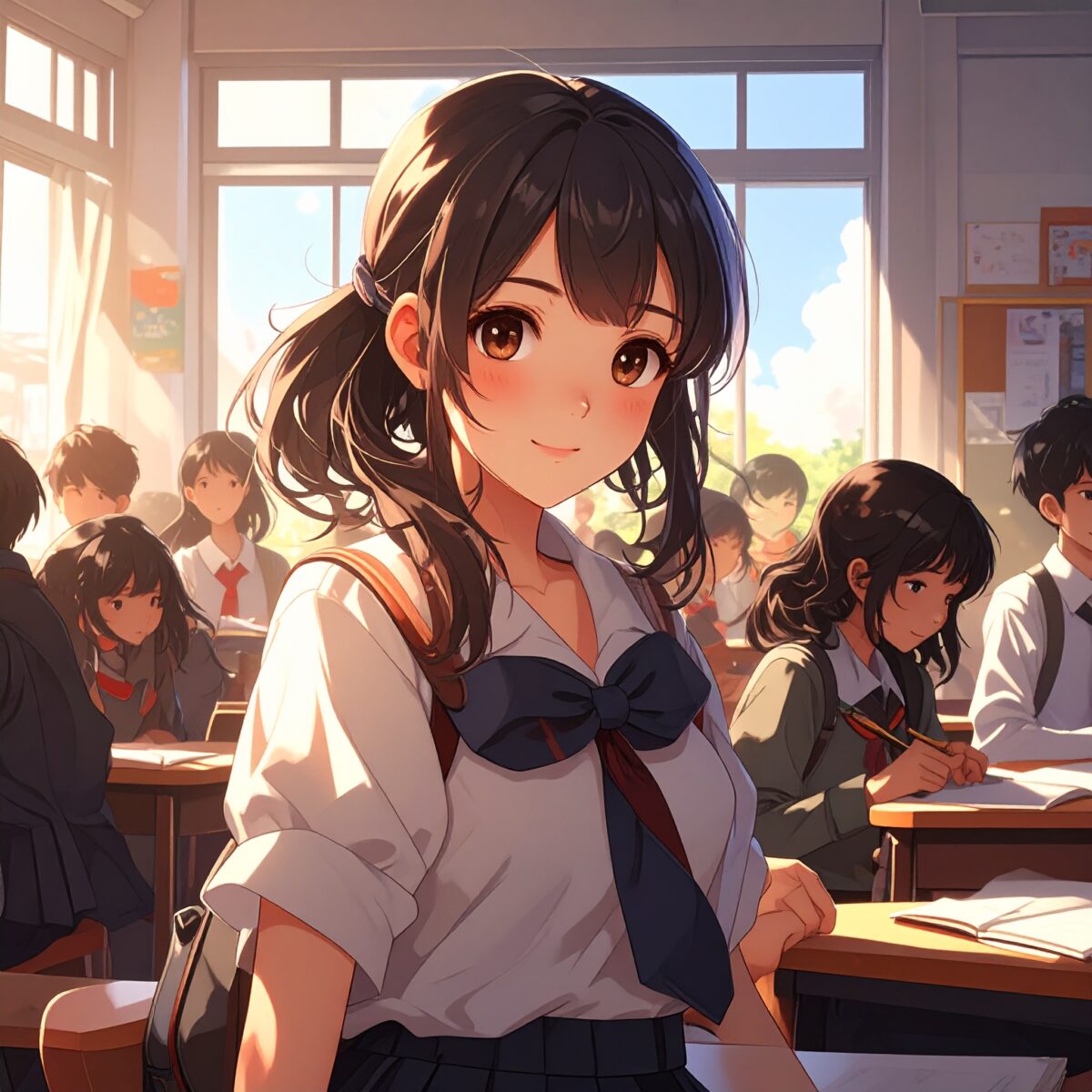Terakoya, often regarded as the foundation of traditional Japanese education, were grassroots schools that spread throughout Japan during the Edo to Meiji periods. These modest classrooms, often located in temples or private homes, taught not only reading, writing, and arithmetic, but also etiquette and moral conduct. Today, immersive terakoya experiences allow visitors to step back in time and connect with the deeper values behind Japanese learning.
In a typical session, participants sit on tatami mats and use calligraphy brushes and abacuses, recreating the rhythms of a slower era. Sitting in seiza, with a straight back and attentive posture, students listen closely to the teacher. As they move their brushes slowly across the page, writing one character at a time, they rediscover not just knowledge, but a quiet, focused state of mind.
Classes include a variety of subjects—kanji writing, traditional Japanese math (wasan), and reading aloud. While practicing kanji, students learn not only the structure of the characters, but also how beauty and discipline are reflected in posture and brush technique. In Japanese thought, writing beautifully is not just about form, but an act of self-awareness and consideration for others.
Using a soroban (Japanese abacus) offers a tactile, screen-free experience of learning numbers. The feel of wooden beads clicking under the fingers offers both children and adults a sense of discovery and achievement. The sound of the beads and the warmth of natural materials engage the senses, turning abstract learning into something tangible and memorable.

The terakoya experience is also well-suited for families, with parents sitting beside their children, holding calligraphy brushes together in a shared moment that goes beyond daily life. As parents quietly observe and learn alongside their children, a sense of calm and meaningful connection emerges. These sessions include not only academic instruction, but also lessons in etiquette and greetings—offering a reminder that education is about more than knowledge alone.
Many programs take place in traditional wooden houses or preserved historical buildings, where the architecture itself bridges past and present. The feel of wooden floors, soft light filtering through paper screens, and the faint scent of ink all contribute to a deeply immersive learning memory. Instructors dressed in Edo-period clothing often speak in traditional phrasing, creating an experience rich in historical detail and atmosphere.
Japanese educational culture has long emphasized not just learning the right answers, but thinking about how to live. Terakoya were emblematic of this philosophy. The spirit that once filled these spaces—focused, respectful, and deeply human—continues to resonate today. Their lessons combined academic skill with personal development, offering a perspective on learning that feels both refreshingly different and somehow familiar.
Through the terakoya experience, participants encounter more than the form of historical education—they rediscover the joy of learning itself and the importance of facing others with respect. Including such a quietly powerful experience in your travels invites reflection on what it truly means to learn. Time spent engaging both the mind and the heart leaves a lasting, enriching impression on any journey.




